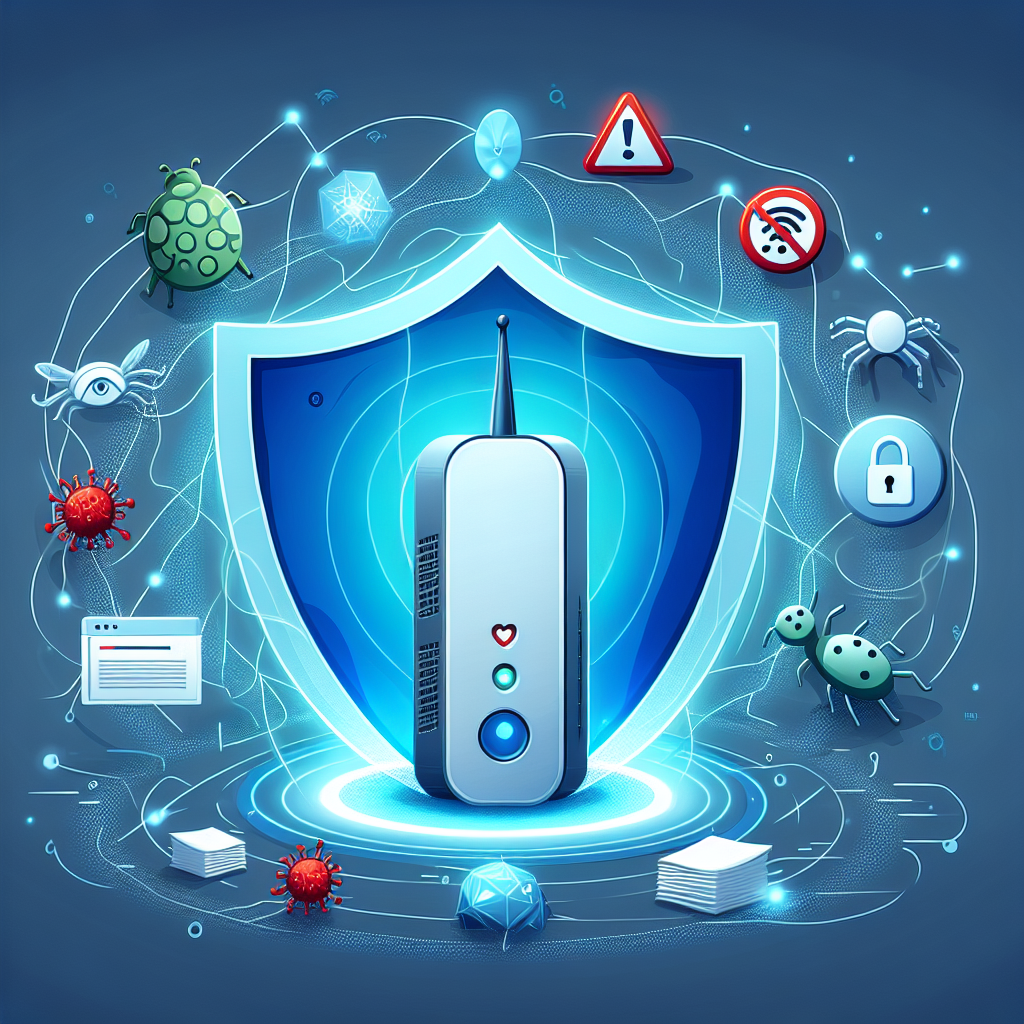In an increasingly interconnected world, our digital safety is paramount. A modem serves as the gateway between your home network and the Internet. Consequently, securing your modem against malware and viruses is crucial for protecting your data and ensuring optimal network performance. This article delves into the best practices and essential steps to help you secure your modem efficiently.
Why It’s Important to Secure Your Modem
Securing your modem is the first step in fortifying your home network against cyber threats. Modern modems are equipped with substantial computing power, making them attractive targets for cybercriminals. Compromising your modem can lead to:
- Unauthorized access to your private data
- Slowing down your Internet connection
- Using your network for malicious activities
- Spreading malware to connected devices
Given the potential risks, adopting stringent security measures is non-negotiable.
Steps to Secure Your Modem
1. Change Default Login Credentials
One of the easiest yet most overlooked steps in securing your modem is changing the default login credentials. Most modems come with pre-set usernames and passwords that are often publicly known.
- Step: Access your modem’s admin interface, usually by entering its IP address in a web browser.
- Tip: Use a strong, unique password that includes a combination of letters, numbers, and special characters.
2. Enable Encryption
Encryption adds an additional layer of security to your network, making it harder for malicious actors to intercept your data.
- Step: Navigate to the security settings in your modem’s interface and enable WPA3 (if available), WPA2, or the highest available encryption standard.
- Tip: Avoid using outdated encryption protocols like WEP, which are easily crackable.
3. Keep Firmware Updated
Firmware updates are essential for patching security vulnerabilities and ensuring your modem has the latest features and improvements.
- Step: Regularly check your modem manufacturer’s website for firmware updates or enable automatic updates in the settings.
- Table: Below is a schedule showing how often you should check for updates:
| Frequency | Action |
|---|---|
| Monthly | Check for firmware updates |
| Instant Notification | Enable automatic updates |
4. Disable Remote Management
Remote management can expose your modem to outside attacks if not properly secured. It’s advisable to disable this feature unless necessary.
- Step: Navigate to your modem’s remote management settings and disable them.
- Tip: If you need remote access, ensure it is heavily secured with complex passwords and encryption.
5. Monitor Network Traffic
Keeping an eye on your network traffic can help you identify unauthorized devices or suspicious activities early.
- Step: Use network monitoring tools available within your modem’s settings or third-party software.
- Tip: Regularly review connected devices and investigate any unknown connections.
6. Implement Strong Firewall Settings
A firewall serves as a barrier between your network and potential threats. Configuring your modem’s firewall effectively can thwart various cyber attacks.
- Step: Access the firewall settings in your modem’s interface and enable ‘High’ or ‘Maximum’ security level.
- Tip: Customize rules to block unwanted traffic based on your needs.
7. Disable Unused Services
Modems often come with multiple services enabled by default, some of which you may not need.
- Step: Review your modem’s settings to disable any unused services such as guest networks, UPnP, and WPS.
- Tip: Enabling only essential services reduces the attack surface for potential threats.
8. Use a Strong Wi-Fi Password
A weak Wi-Fi password can easily be guessed or cracked, granting unauthorized access to your network.
- Step: Go to your modem’s Wi-Fi settings and set a robust password.
- Tip: Change your Wi-Fi password regularly to maintain security.
9. Enable Network Segmentation
Segmenting your network can isolate different devices, reducing the impact of a compromised device on your entire network.
- Step: Create separate networks for different device types (e.g., one for IoT devices, another for PCs).
- Tip: Use VLANs (Virtual Local Area Networks) to further enhance segmentation.
10. Employ Security Software
Use antivirus and anti-malware software to safeguard devices connected to your modem.
- Step: Install reputable security software on all connected devices.
- Tip: Regularly update the security software to protect against new threats.
Conclusion
Your modem is the first line of defense against cyber threats in your home network. By following these best practices and taking proactive steps, you can significantly reduce the risk of malware and viruses compromising your network.
Cybersecurity is an ongoing process that requires vigilance. Regularly updating your security measures and staying informed about the latest threats can help you maintain a secure and efficient network.

